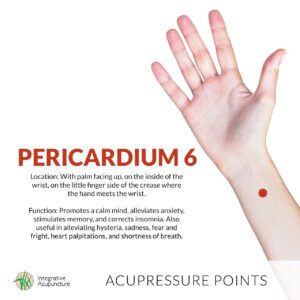Valentine’s Day: A Bit Of History
Every February romantics all over the world flock to the local flower shops and jewelry stores. They find the perfect bouquet or piece of jewelry to express their love. Why? Nobody knows for certain, like many contemporary holidays, Valentine’s Day probably has pagan roots. The pagan celebration of Lupercalia, celebrated at the ides of February, was a fertility festival dedicated to Faunus. Faunus was the Roman god of agriculture. From that pagan fertility festival, was later turned into a festival of love. By the 1800s it had become common for friends and lovers to exchange gifts as tokens of affection. Shortly after that, the holiday became commercialized, celebrated with the retail consumption of heart-shaped candy and trinkets.
Despite its roots, and mass commercial appeal, in recent years Valentine’s day has become trending more toward “self-love” and emotional wellness. This is which is a powerful subject and lead to profound changes. Let’s cover self-love, heart health, and how Traditional Chinese Medicine can help.
The Heart Houses the Shen
The Shen is described as the spirit, it also includes the mind. During the winter months, when the hours of sunlight are short, the weather is typically colder and very little is growing. Many people develop something known as Seasonal Affective Disorder or SAD. So perhaps, celebrating Valentine’s Day in the middle of winter is a way to keep our hearts healthy and our Shen lively, similar to the timing and benefits of the Chinese New Year celebrations. The feeling of love and community can permeate every cell of the body and mind. This feeling of emotional relief can bring healing to those who are experiencing SAD (or similar seasonal conditions) while helping to nourish the heart.
Feeling Joy This Valentine’s Day
The heart is the center of perception and associated with feelings of joy. Valentine’s Day is a wonderful time to experience joy, and it doesn’t have to be from a romantic partner. Sharing special moments with those who are closest to us, friends, family, etc., helps to keep the heart full of joy. Even acts of selfishness can have profound effects on the mind, body, and soul. Take time to reflect and spend time alone for a healthy heart. If you are someone who enjoys being outside, now is a GREAT time to get out and appreciate the natural beauty around you.

Heart health is extremely important. Recent studies show general physicians are prescribing exercise, nutrition, and stress reduction therapies as a primary means to prevent heart disease. In order to lower the prevalence of heart disease on a national scale, we can expect to see regular recommendations of these natural (and effective) holistic approaches to wellness.
Acupressure For Valentine’s Day Heart Health
CV 17: Dan Zhong
This is a great self-help point for many reasons. Conception Vessel 17 is easy to find, and matches the location for the heart chakra, at the center of the sternum. With this point, you will find potent stress and anxiety relief, as well as an opening of the chest and calming of heart palpitations.
HT 7: Shen Men
This point is located on both arms on the underside of the wrist, at the outermost end of the wrist crease. HT 7 can help with heart arrhythmias, panic attacks, hypertension, insomnia, and much more. This point reduces excesses that disturb the spirit and the balance of yin/yang. This point is so powerful that acupuncturists say it’s the most calming and relaxing point in the body.
PC 6: Nei Guan
You can find this point on the inside of the wrist. It’s 2 finger-widths up from the wrist crease, in between the two prominent tendons of the inner arm. Modern studies have evaluated the benefits of this point. Acupuncture, specifically PC6, can help both the symptoms and underlying causes of cardiovascular disorders.
KD 1: Yong Quan
This is a great point used for grounding. Kidney 1 is located on the bottom of the foot. It’s at the junction of the top one third and bottom two-thirds of the line connecting the base of the second and third toes and the heel. Kidney 1 can sedate and calm the mind. It also regulates blood flow to the upper part of the body, aka the brain.




